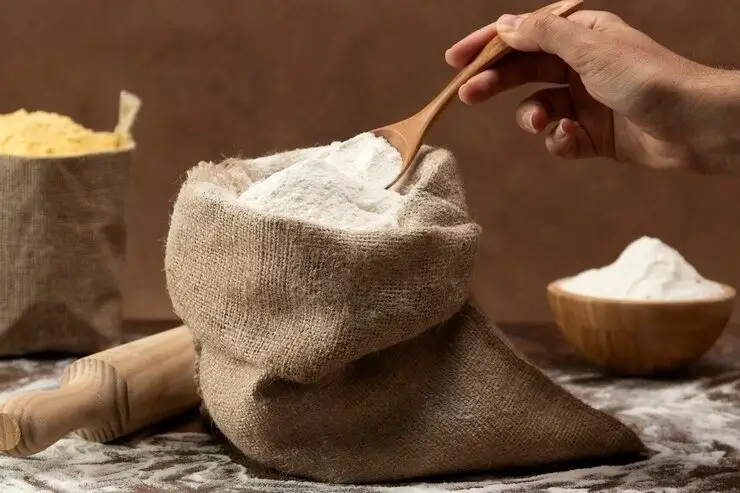In the vibrant tapestry of Ugandan cuisine, Kyekyo maize flour holds a special place as a cornerstone ingredient that has shaped traditional dishes for generations. From the hearty staple dish of Ugali to the iconic Rolex, maize flour is a versatile and essential component that reflects the rich cultural heritage of Uganda. In this blog post, we’ll explore the cultural significance of Kyekyo maize flour in Ugandan cuisine and its role in creating beloved dishes that are cherished across the country.
Why is Maize Flour Important in Ugandan Cuisine?
Maize flour, known locally as Kyekyo, is a fundamental ingredient in Ugandan cuisine due to its widespread availability, affordability, and nutritional value. It serves as the foundation for many traditional dishes and is a staple food for a large portion of the population. Maize flour is not only a source of sustenance but also a symbol of cultural identity, reflecting the agricultural heritage and culinary traditions of Uganda.
What Sets Kyekyo Maize Flour Apart?
Kyekyo maize flour stands out for its distinct flavor, texture, and versatility, making it well-suited for a wide range of Ugandan dishes. It is finely ground from locally grown maize kernels, giving it a smooth consistency that is ideal for making Ugali, a popular dish enjoyed across Uganda. Kyekyo maize flour is also prized for its ability to create soft and fluffy pancakes, known as Malawax, as well as crispy snacks like Mandazi and Gonja.

How is Maize Flour Used in Ugandan Cuisine?
In Ugandan cuisine, maize flour is used in various forms to create both savory and sweet dishes that showcase the diversity of flavors and textures found in the country. One of the most iconic uses of maize flour is in the preparation of Ugali, a dense and filling porridge that is often served alongside stews, meats, or vegetables. Maize flour is also used to make traditional snacks such as Chapati and Katogo, as well as desserts like Kabalagala and Akalo.
Celebrating Traditional Ugandan Dishes with Kyekyo Maize Flour
From the savory simplicity of Ugali to the indulgent sweetness of Akalo, Kyekyo maize flour plays a central role in shaping the flavors and textures of beloved Ugandan dishes. Whether enjoyed as a comforting staple or as part of a festive feast, maize flour embodies the rich culinary heritage of Uganda and is a symbol of unity and community in the country’s diverse culinary landscape.

Conclusion: Preserving Tradition with Kyekyo Maize Flour
In conclusion, Kyekyo maize flour is more than just a cooking ingredient – it’s a cultural symbol that reflects the identity and heritage of Ugandan cuisine. From its humble origins as a staple food to its versatile uses in modern cooking, maize flour continues to be an essential part of everyday life in Uganda. By celebrating the cultural significance of Kyekyo maize flour and embracing its role in traditional dishes, we honor the rich culinary traditions of Uganda and ensure that they continue to thrive for generations to come.




